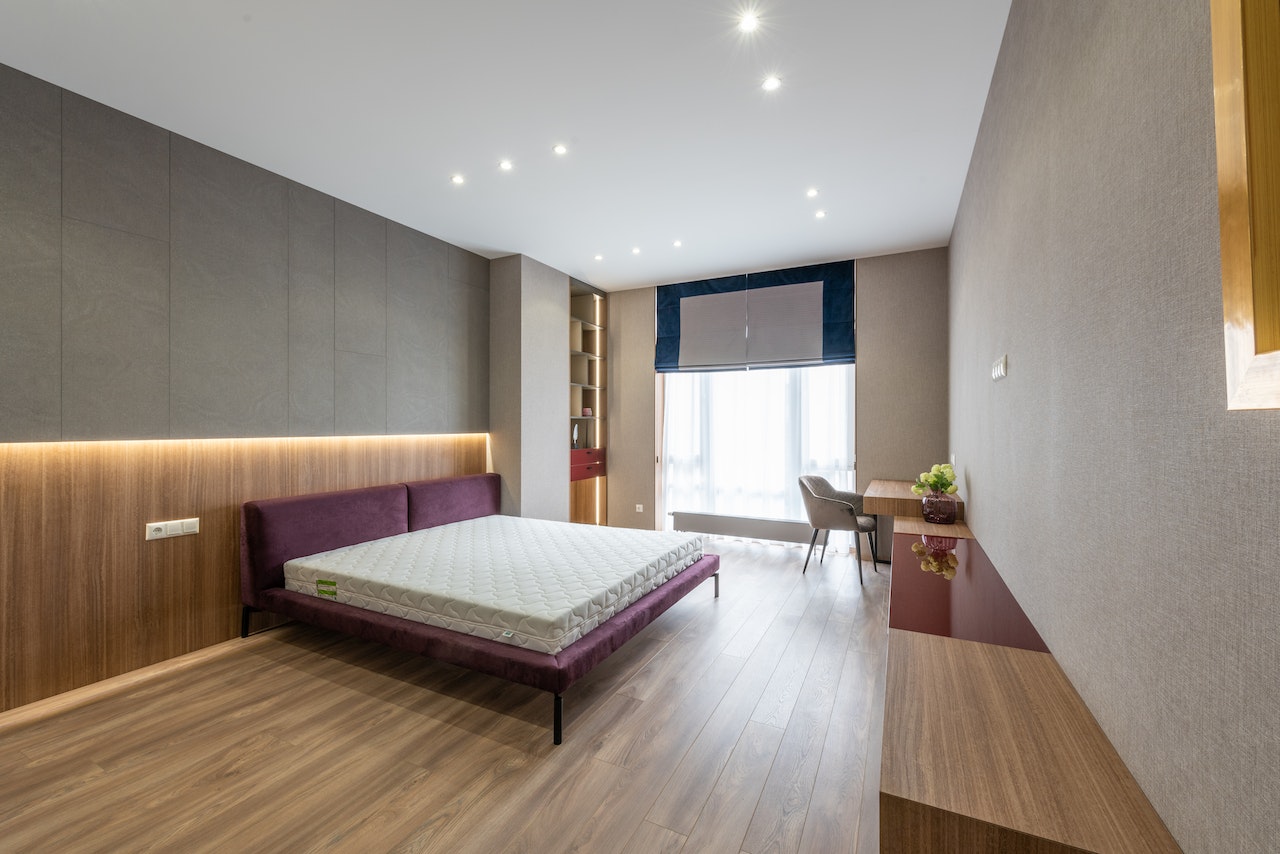In today’s fast-paced world, the concept of minimalism in interior design has gained immense popularity. The idea of “less is more” has transcended into the realm of home decor, where simplicity, functionality, and aesthetics converge to create spaces that are both inviting and visually appealing. In this blog post, we will explore the art of minimalism in interior design, its key principles, and how you can incorporate this design philosophy into your own living spaces.
The Principles of Minimalism in Interior Design
Simplicity: At the heart of minimalism lies the principle of simplicity. It’s about paring down to the essentials, eliminating clutter, and creating a sense of calm in your home. Start by decluttering your space and keeping only the items that bring you joy or serve a functional purpose.
Neutral Color Palette: Minimalist interiors often feature a neutral color palette, with shades of white, gray, beige, and soft pastels. These colors create a sense of openness and tranquility. To add visual interest, you can use different textures and materials within this color scheme.
Clean Lines and Shapes: Minimalist design embraces clean lines and geometric shapes. Furniture and decor should be simple and unadorned. Think sleek, unembellished furniture pieces with a focus on functionality.

Open Space: Maximizing open space is crucial in minimalist design. Avoid overcrowding your rooms with furniture and accessories. Leave ample room for circulation, and let the architecture of your space shine.
Incorporating Minimalism into Your Home
Declutter Regularly: To maintain a minimalist interior, make decluttering a regular habit. Assess your belongings periodically and donate or discard items you no longer need. Keep surfaces clear and uncluttered.
Choose Quality Over Quantity: Invest in high-quality, timeless pieces of furniture and decor rather than accumulating a multitude of inexpensive items. Quality items often have a lasting appeal and can become statement pieces in your home.
Functional Design: Prioritize functionality when selecting furniture. Look for pieces that offer storage solutions and multifunctionality, helping you keep your space organized and clutter-free.
Texture and Detail: While minimalism celebrates simplicity, you can add depth and character to your space through texture. Incorporate textiles like wool, linen, or silk, and consider adding subtle details like a well-placed piece of art or a unique lighting fixture.
Balance and Harmony: Achieving balance and harmony is key to successful minimalist design. Ensure that every element in your space contributes to the overall sense of tranquility and cohesion.
In conclusion, minimalism in interior design is not just about aesthetics; it’s a lifestyle that encourages mindfulness and intentionality in our living spaces. By following the principles of simplicity, neutral colors, clean lines, and open space, you can create a home that promotes a sense of calm and serenity. Remember that minimalism is a journey, and it’s about finding a balance that resonates with your personal style and needs. Embrace the art of minimalism, and you’ll discover the beauty of less in your home.

